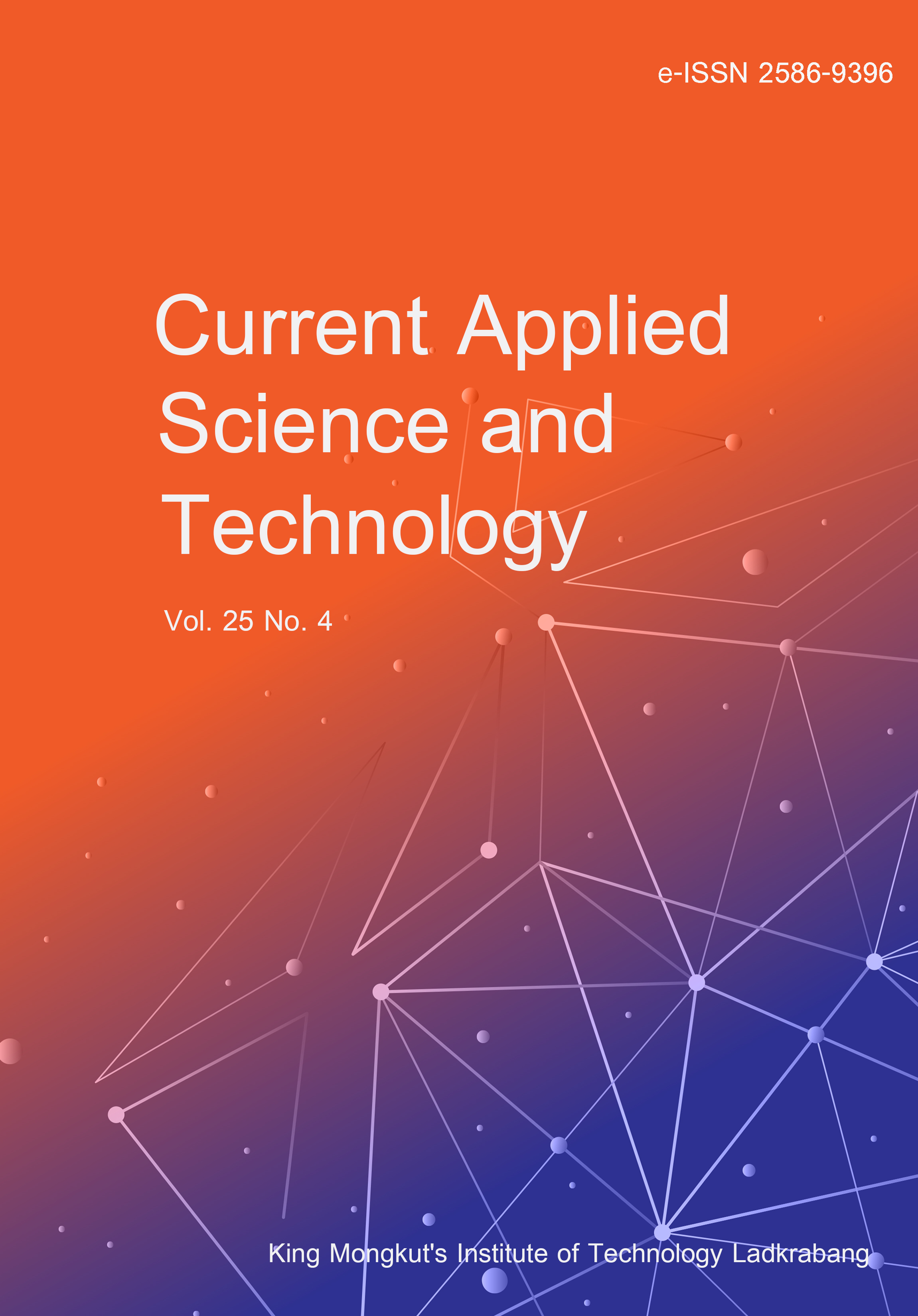The cultivation of high-yielding and stable rice varieties is essential for ensuring food security in Bangladesh. To achieve this, breeders often conduct multilocational trials to evaluate genotype performance across diverse environments. During the Aman rice season, six rice genotypes and three check varieties across nine locations were investigated in this study using a randomized complete block design. The primary aim was to identify superior genotypes using the Multi-Trait Stability Index (MTSI). Both mixed and fixed effect models were utilized in this study to achieve accurate and reliable results. The mean performance and stability (MPS) were effectively represented by the WAASBY (Weighted Average of Absolute Scores + Yield) biplot, which served as the superiority index in the analysis. The Likelihood Ratio Test (LRT) showed that genotype by environment interaction (GEI) and genotype had a substantial impact. Key findings showed that genotype-by-environment interaction (GEI) significantly influenced grain yield and related traits. While most traits positively correlated with yield, Thousand Grain Weight (TGW) did not. The WAASBY biplot effectively assessed performance and stability. Some genotypes, such as BRRI dhan33, BRRI dhan39, were stable but low yielding. Conversely, BRRI dhan49 and BR9786-BC2-119-1-1 were highly productive but less stable. Notably, BR9786-BC2-132-1-3 delivered the highest yield but exhibited moderate stability, making it promising yet sensitive to environmental changes. This study highlights BR9786-BC2-132-1-3 as a potential candidate for further evaluation due to its productivity, with ongoing research needed to improve its adaptability and resilience across diverse conditions.
Hossain, M. A. ., Mamun, M. A. A. undefined. ., Rabbi, S. M. H. A. undefined. ., Akter, S. ., & Roy, R. K. . (2025). Selection of Stable Rice Genotypes through WAASB and MTSI Indices. CURRENT APPLIED SCIENCE AND TECHNOLOGY, e0263298. https://doi.org/10.55003/cast.2025.263298

